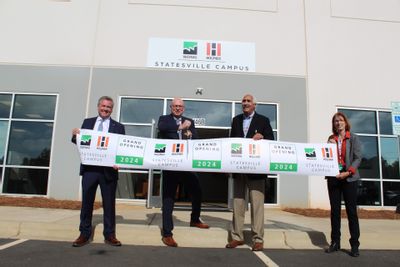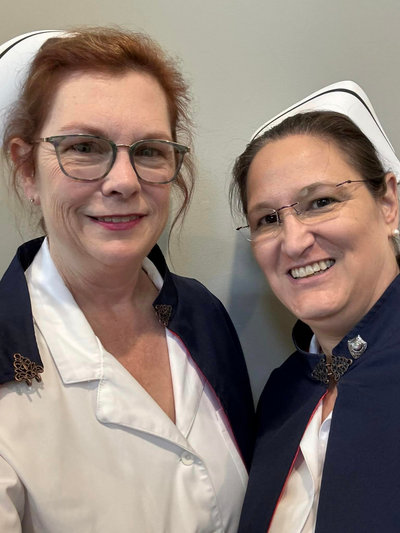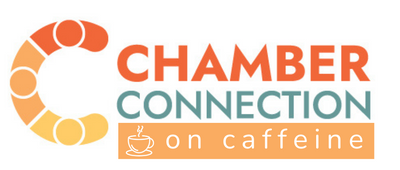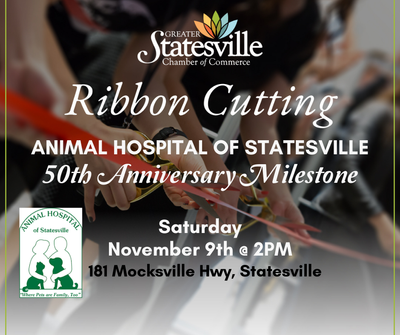Iredell Health Honors Long-Serving Employees: A Conversation with Edith Payne, Radiologic Technologist
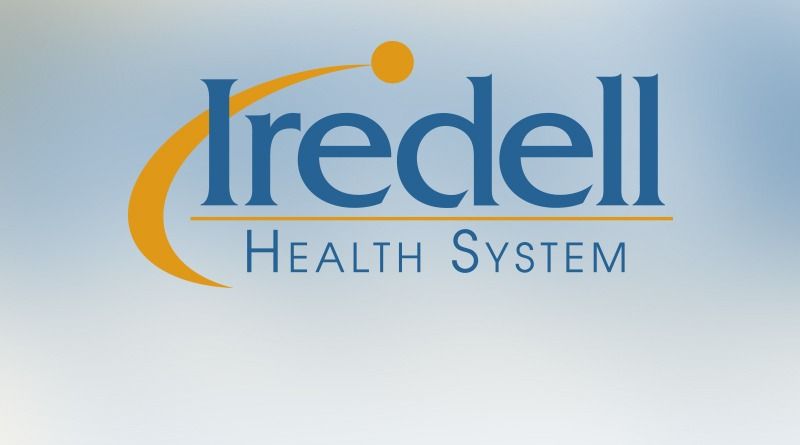
As Iredell Health System celebrates its 70th Anniversary this year, it’s not just a celebration of passing time. It’s a testament to the dedication and loyalty of the people who made, and continue to make, it all possible — its employees.
Iredell Health System has a long-standing history of caring for its community. What sets Iredell Health System apart is its deep connection to the community it serves. Many of its employees are not just healthcare professionals — they are our neighbors, friends, and family members. In fact, Iredell Health System has more than 70 employees who have worked at Iredell Health System for over 30 years.
Edith Payne, RT-R, M, radiologic technologist, has worked at Iredell Health System for almost 47 years. Payne is Iredell’s longest-serving team member and is still as dedicated to her craft as she was when she started in 1977.
As a child and young adult growing up in Union Grove, Payne was unsure what career she wanted to pursue. As part of a high school project, Payne began researching career paths and came across an article about radiology. She was immediately drawn to it and thought it would be a good fit for her.
“My sister was already in healthcare and loved it. I thought radiology would be interesting because there’s a lot of different things you can do with it,” said Payne.
After high school, Payne pursued radiology and graduated from Davis Hospital Radiology School. Payne’s sister worked as a registered nurse in Iredell Memorial Hospital’s emergency department, and knowing she loved her job, Payne wished to work at Iredell as well. With no openings initially, Payne started her healthcare journey at another hospital, patiently waiting for the right opportunity to join her sister at Iredell.
In August 1977, an X-ray position became available, and Payne started at Iredell Memorial Hospital as a second shift radiologic technologist.
“When I first came to Iredell, Mr. Nunnery was our administrator, and he was a very fair man. He was stern about how he wanted things, but he was always very fair. He would learn your name, and every time you would see him in the hallway, he would make a point to speak to you. And, if we worked on holidays, either he or Becky Johnson would come by the department on the holiday, even on Christmas Day. In my time here, I’ve always thought the hospital was run very well with great administrators,” said Payne.
Since starting at Iredell, Payne has remained in radiology but has worked in several aspects of imaging, including X-ray, fluoroscopy, bone density, and mammography.
In her 47 years at Iredell Health System, Payne has witnessed several advancements and technological changes, especially within radiology. One of the biggest changes came when X-rays transitioned from film to digital. According to Payne, X-rays were originally captured on a special film. This film had to be developed using chemical processes in a darkroom, a time-consuming and labor-intensive process.
“We would go into the dark room with our cassettes and film. The room had a safety red light, so you could see a little bit. We had to load the cassettes with the film, take the image with our machine, go back to the darkroom, run the film through a processer, then through a fixer, and then a drying stage. It would take about three minutes for each film to get processed,” said Payne.
“It was initially difficult changing everything over to digital because we had to learn new techniques. But, it’s a lot better imaging now, and it’s quicker,” said Payne.
Despite the evolving technology, her passion for radiology never wavered.
Payne has made many special memories throughout her four decades at Iredell. In fact, the hospital wasn’t just a workplace for Payne – it intertwined with her life. It was how she met her husband and where her son was born.
When asked about her memories at Iredell Memorial Hospital, Payne notes a few that stick out. One of the most fascinating, and unusual, being when she X-rayed a 3,000-year-old Egyptian mummy.
“In 2015, Iredell Museum brought Margaret the Mummy for us to X-ray,” said Payne.
“They decided it was time to have new X-rays and CT scans, so they made an appointment and brought her over. Another rad tech and I did the X-rays of her, but we had to be very careful. They brought their own crew, but we were allowed to help move her, and we X-rayed her from head to toe. Her bones were broken and jumbled,” said Payne.
Amidst her many years at Iredell, Payne encountered moments that showcased the hospital’s compassion and community spirit. From nursing supervisors running the Pink Tea Room room during the night shift to impromptu potlucks among staff.
Following this familial sentiment, when asked what made Payne stay at Iredell Health System for 47 years, she says it’s all about the people.
“It’s a family here. Most everyone who has worked at this hospital at one time has had a family member or relative that’s worked here. I think that’s what makes the family atmosphere even better,” said Payne.
Payne is also thankful to the people who have helped her along the way, paying special thanks to Dr. Rocco Tritico, a radiologist at Iredell Health System.
“Dr. Tritico will be here 44 years this summer, and we’ve worked together for all these years. He has taken such good care of our department and is a great inspiration for us. All of the radiologists in our department are wonderful,” said Payne.
As years passed, Payne witnessed the hospital’s growth and adaptation to meet the needs of the community. From expanding services to keeping equipment updated, the hospital’s administration ensured they stayed at the forefront of medical care.
“The hospital helps not just Iredell, but surrounding counties as well. Even in our department, when I first got here in ‘77, we did not have anything by general X-ray and mammo. Realizing people had to drive far distances to get other needs met, the hospital added many services such as CT, MRI, and radiation therapy so people did not have to drive to another town to receive care. The hospital has done a wonderful job keeping up with the next greatest thing,” said Payne.
Reflecting on her journey, Payne expressed gratitude for the many friendships and memories created. As she continued her journey alongside her colleagues, she knew that her dedication to her craft and her community would endure, much like the hospital itself.

